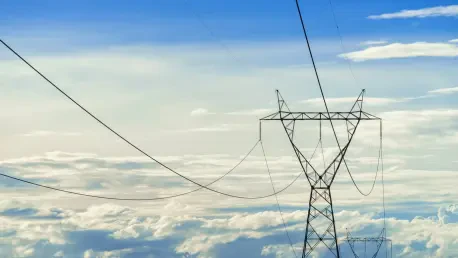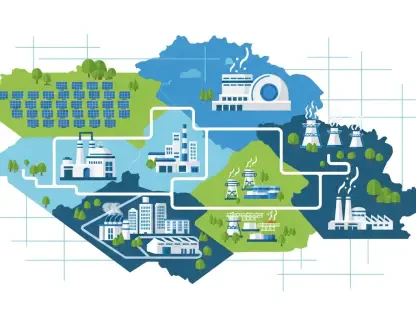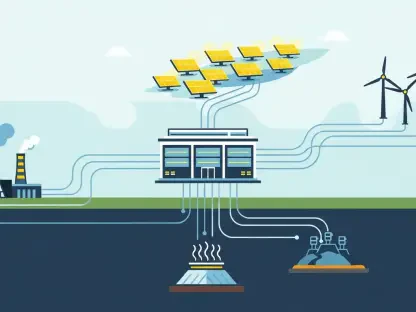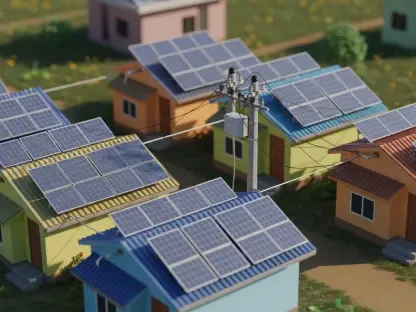In recent times, the strain on the power grid has intensified, driven by the ever-growing demand for electricity. With calls for cleaner energy sources growing louder, the existing grid interconnection processes are often slow and cumbersome, creating significant bottlenecks within power markets. This situation has sparked a fervent debate among energy stakeholders, posing both challenges and opportunities for the electricity landscape. Understanding these dynamics is key to fostering an efficient and competitive energy market.
Analyzing Grid Evolution and Current Challenges
The challenges faced by current grid interconnection processes can be better understood through a historical lens. Over the decades, shifts in energy policies, technological innovation, and market deregulation have substantially reshaped the electricity domain. These elements have collectively influenced current methodologies in transmission planning and interconnection, affecting project priority and approval processes. As we delve into these aspects, it becomes clear that their legacies have resulted in bottlenecks that do not align with present-day energy requirements or sustainability expectations.
The Core of Interconnection Hurdles
Balancing Fast-Tracking and Fairness
One of the foremost challenges within the interconnection bottleneck lies in the backlog of project approvals. Grid operators are increasingly proposing fast-track review processes for selected projects to counter this issue. The initiative aims to expedite infrastructure development while maintaining fairness. However, data reveals a growing list of pending project approvals, emphasizing the need for enhanced efficiency. This dichotomy between velocity and equity is explored, presenting diverse perspectives from various industry players.
Borrowing Innovations for Improved Queue Management
Amid these challenges, innovative strategies are coming to light, promising to streamline interconnection queue management. By analyzing successful case studies and trends, several methodologies emerge that could potentially redefine the interconnection landscape. From sophisticated scheduling algorithms to revamped system planning frameworks, the potential benefits and downsides of these innovations are considered, providing a roadmap for navigating current congestion challenges.
Regional Impact: Variability and Advancements
Interconnection complexities vary significantly across regions due to differing policies and capabilities. This diversity has led to various disruptive innovations, such as dynamic line ratings, with profound implications. Expert insights reveal common misconceptions about these complexities and explore how regional variations influence grid interconnection’s present and future.
Prospective Pathways for Grid Interconnection
Looking ahead, the energy sector prepares for further transformation driven by technological advancements and regulatory changes. These developments are expected to redefine grid interconnection dynamics. By synthesizing expert predictions, this section canvasses potential impacts on power markets, highlighting emerging trends that may lead toward more integrated and efficient solutions over time.
Gaining a Competitive Edge in Power Markets
Strategic insights gleaned from this analysis provide practical recommendations for stakeholders seeking to boost grid interconnection efficiency. Emphasizing collaboration, technological adoption, and regulatory adaptability, these strategies are grounded in practicality, empowering professionals to address real-world challenges while enhancing market competitiveness.
Reflecting on the Path Forward
Reforming grid interconnection processes is paramount in sustaining competitive power markets. The article highlights the substantial impacts these reforms could have in nurturing a more equitable and resilient energy future. By fostering cooperative dialogue and engaging strategically, stakeholders can navigate existing challenges and tap into fresh opportunities within the evolving energy landscape.









